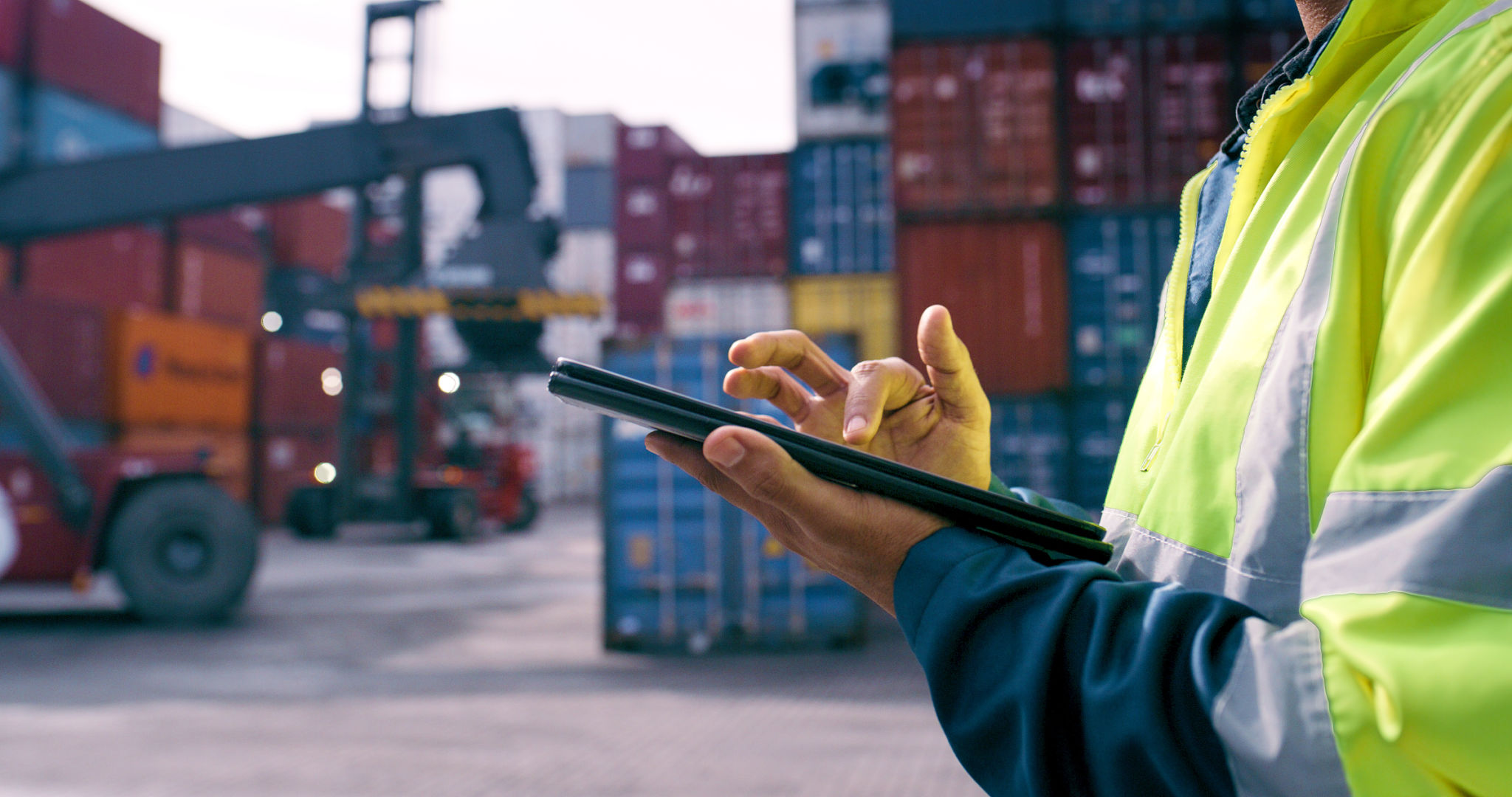Understanding the Logistics of Vehicle Transportation in Europe
Introduction to Vehicle Transportation in Europe
Transporting vehicles across Europe involves a complex network of logistics that ensures efficiency and safety. With the continent's diverse landscape and infrastructure, understanding the intricacies of vehicle transportation is essential for businesses and individuals alike.

The Role of European Infrastructure
Europe boasts an intricate network of roads, railways, and ports that facilitate vehicle transportation. The development of well-maintained highways and tunnels, such as the Mont Blanc Tunnel connecting Italy and France, plays a critical role in ensuring smooth transit routes for vehicles.
Rail transport is another vital component, offering an environmentally friendly alternative to road transport. The Channel Tunnel, linking the UK with mainland Europe, exemplifies how railways can effectively streamline the transportation process.
Key Regulations Governing Vehicle Transport
Various regulations govern vehicle transportation across Europe to maintain safety and efficiency. The European Union has established stringent rules regarding vehicle dimensions, weight limits, and emissions. These regulations ensure that transport operations do not adversely affect the environment or infrastructure.
Additionally, companies must comply with international agreements such as the TIR Convention, which simplifies customs procedures for cross-border transport, thus speeding up the process and reducing costs.

Choosing the Right Mode of Transport
When transporting vehicles across Europe, selecting the appropriate mode of transport is crucial. Options include road transport via trucks, rail transport, or maritime shipping. Each mode offers distinct advantages depending on factors such as distance, cost, and urgency.
Road transport is often preferred for its flexibility and ability to reach remote locations. However, for long distances, rail transport might be more economical and environmentally friendly. For overseas destinations, maritime shipping remains the most feasible option.
Considerations for Businesses
Businesses involved in vehicle transportation must evaluate cost-effectiveness, time constraints, and environmental impact when selecting a mode of transport. By analyzing these factors, companies can optimize their logistics operations and enhance their service offerings.

Technological Advancements in Vehicle Transport
The logistics of vehicle transportation in Europe have greatly benefited from technological advancements. GPS tracking systems provide real-time updates on vehicle location and estimated arrival times. This transparency enhances communication between carriers and clients.
Furthermore, digital platforms streamline documentation processes, reducing paperwork and minimizing human error. These technological innovations contribute to increased efficiency and improved customer satisfaction.
The Future of Vehicle Transportation
As Europe continues to innovate in the realm of transportation, the future promises further advancements in autonomous vehicles and green energy solutions. These developments are likely to revolutionize the logistics landscape, offering sustainable and efficient solutions for vehicle transportation.
By staying informed about these trends, businesses can adapt to changes and continue to thrive in an ever-evolving market.